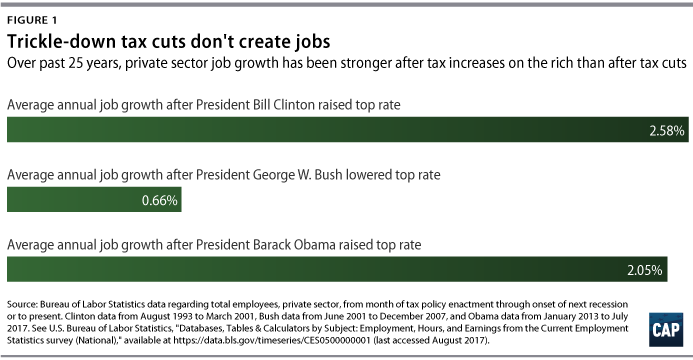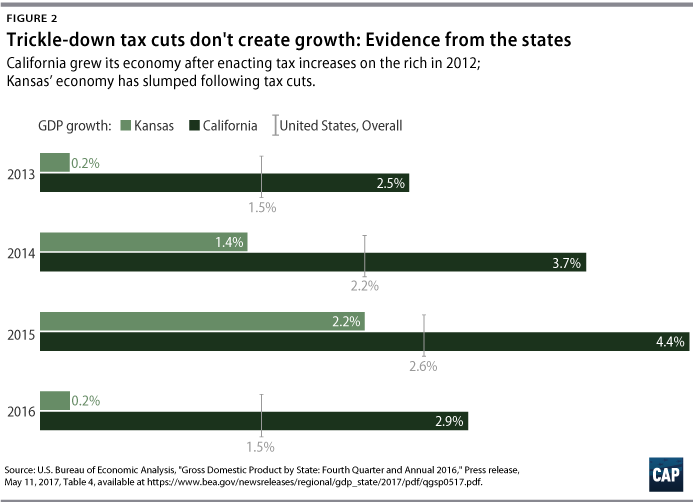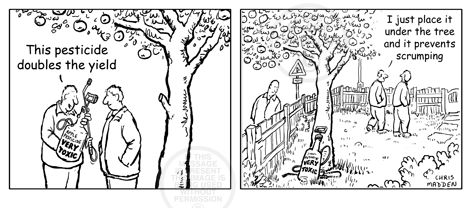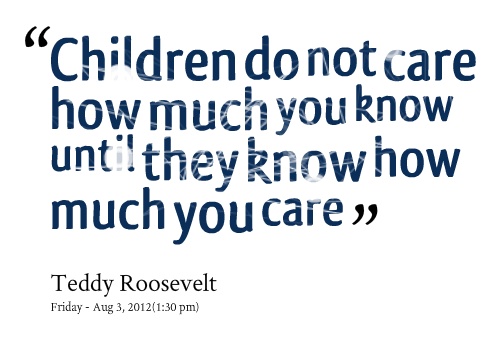I am one of those people who like board and parlor games. For many years I have been part of local groups that get to together to play games. However with physical distancing in place we were missing playing. Se we have found some games we can still play together over that thing called the internet!
We are using Zoom as our video chat platform, though any one of the myriad other platforms would work as well I am sure.
Here are the games we have played so far:
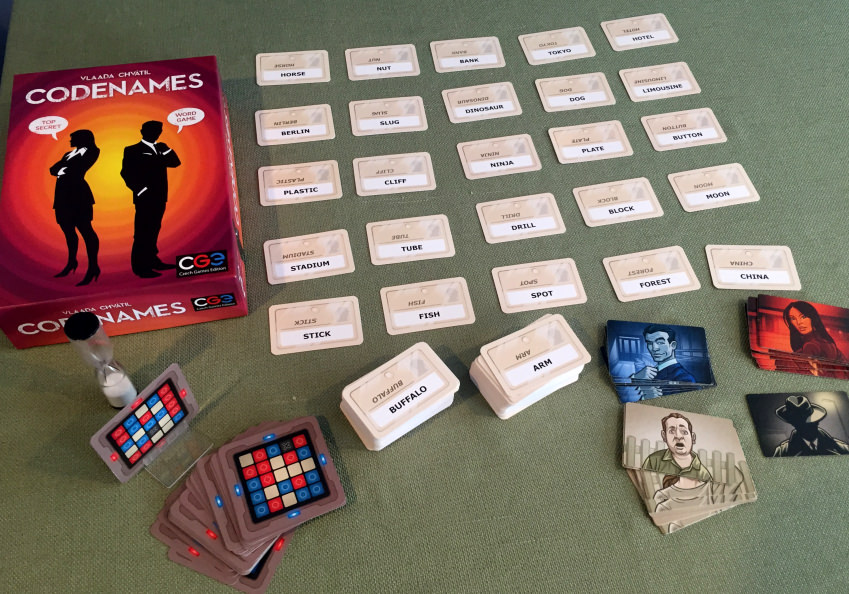
CODENAMES
Codenames is a word guessing game. There are quite a few free sites that will create the boards for you and you can create private “rooms” to invite your friends to play it on. YOU also need to use a shared video chat platform to give the clues and discuss your guesses with teammates.
https://codenames.game/ (Official site, and my favorite)
or https://codegame.cards/new-game, and little less glitzy, but has an in game chat.
or: https://www.horsepaste.com/ (not used this one, and seems the least sophisticated)
Rules: https://gamerules.com/rules/codenames/

BOGGLE
To play Boggle, ahead of time I took pictures of multiple Boggle boards and then on Zoom used the share option to share the picture. One could also point someone’s camera at the actual board as well.
But then a friend found this site where you can join in the games of others or set up your own game, public or private,
Play at: http://ewordchallenge.scienceontheweb.net
Rules: https://howdoyouplayit.com/boggle-rules-play-boggle/

FACTS-IN-FIVE
In Facts-in-Five, and old 3M bookcase game, there are 5 categories, 5 letters and 5 minutes to fill in as many as you can (it is like a more sophisticated version of Scattegories). Best if someone in the group own the game, though one could just invent one’s categories.
Rules: https://www.boardgamers.org/yearbkex08/fi5pge.htm
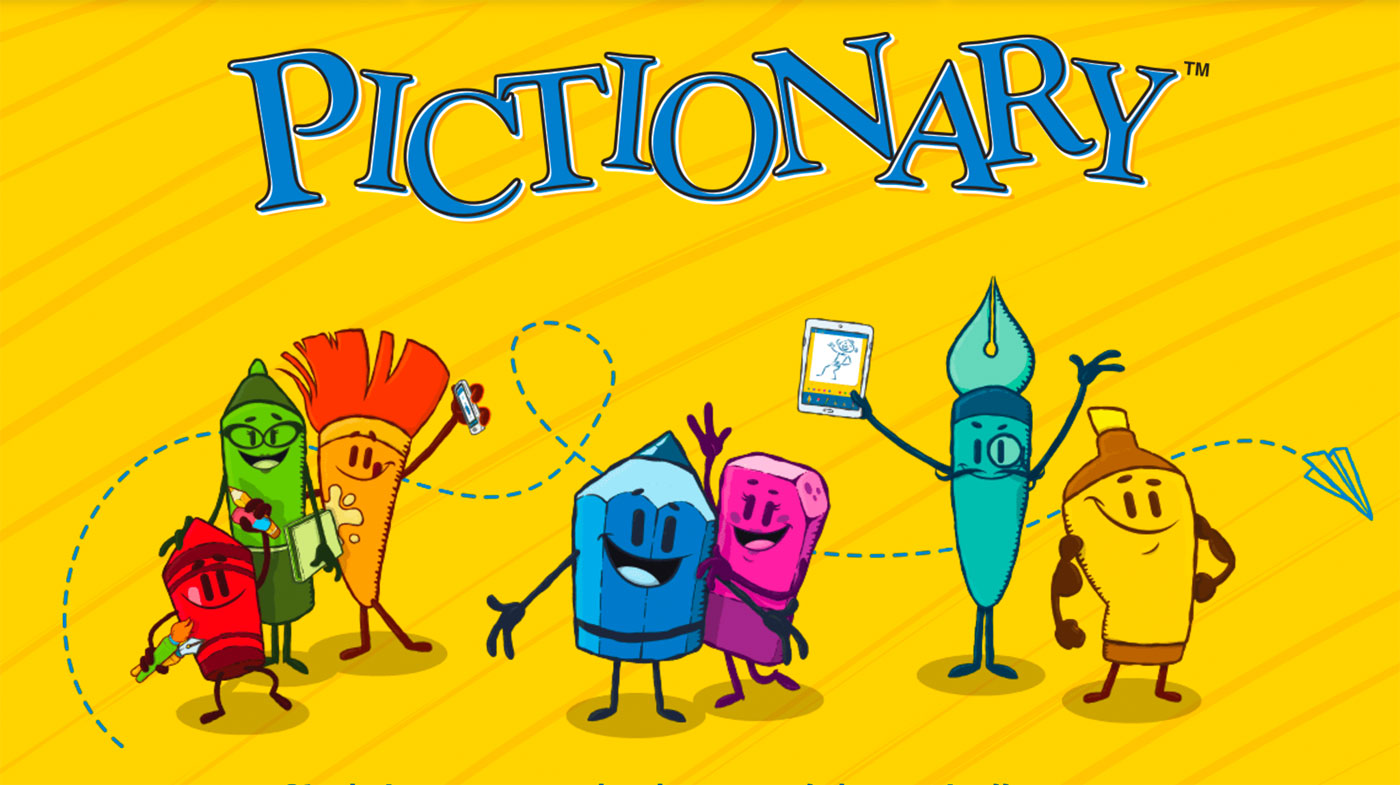
PICTIONARY
Pictionary is the classic draw and guess game. I think there are several on line places to play it, but both these sites allow you to set up a private room. Rules and scoring vary from the physical board game but work well for this setting.
https://www.drawasaurus.org/
or
https://skribbl.io/?K66OHlio5Gjt
JUST ONE
Just One is a cooperative party game in which you play together to discover as many mystery words as possible. Find the best clue to help your teammate. Be unique, as all identical clues will be cancelled!
to play online: https://justone.duckdns.org/
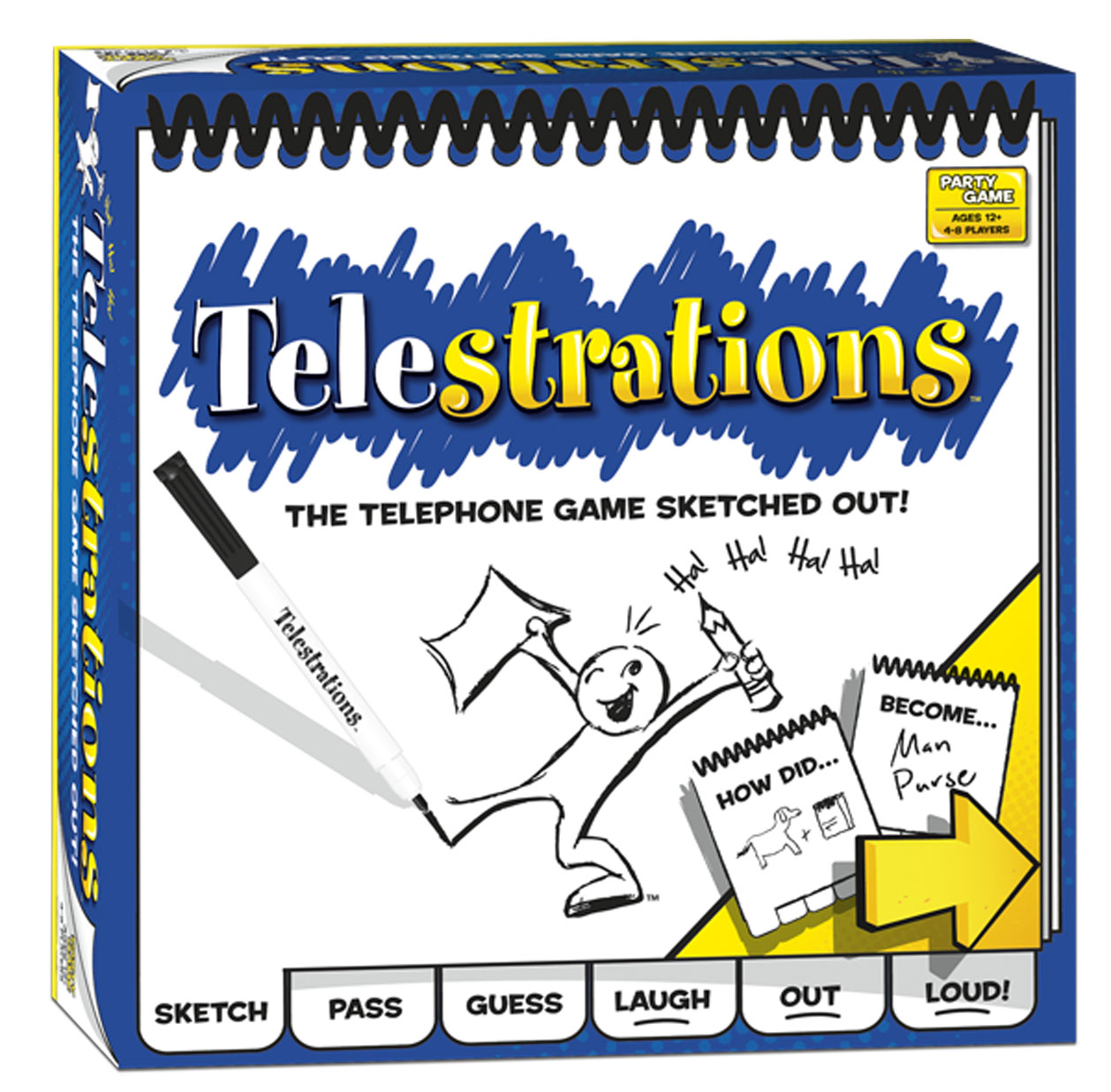
TELESTRATIONS
This is a version of the write a phrase-drawing-phrase-dawing… a picture “telephone” game where the original phrase keeps changing as each person adds their interpretation of the last phrase or picture. It is designed to set up a game with your own friends. Purely a fun parlor non-competitive game that is sure to generate a lot of laughs.
https://www.blowyourfaceoff.com/

HEARTS (the card game)
There are lots of sites to play Hearts on, from phone Apps to internet sites. Most are set up to play the computer or random internet partners.
One computer site that I like that has lots of different online card games and other traditional board games to play in real time with real people is PlayOK. If you wanted to play Hearts with your own friends you could start a room. The the person who starts new game had the ability to boot other players so if you want to keep it to your firneds you could boot anyone but your own pals. You do have to create an account, but it is free.
(I used to also play Backgammon on that site, but found the rolls did not seem at all random).
I have wanted to figure out how to play Balderdash on line, but without everyone having the actual game, have not figured it out yet.
If you have other idea, please share!

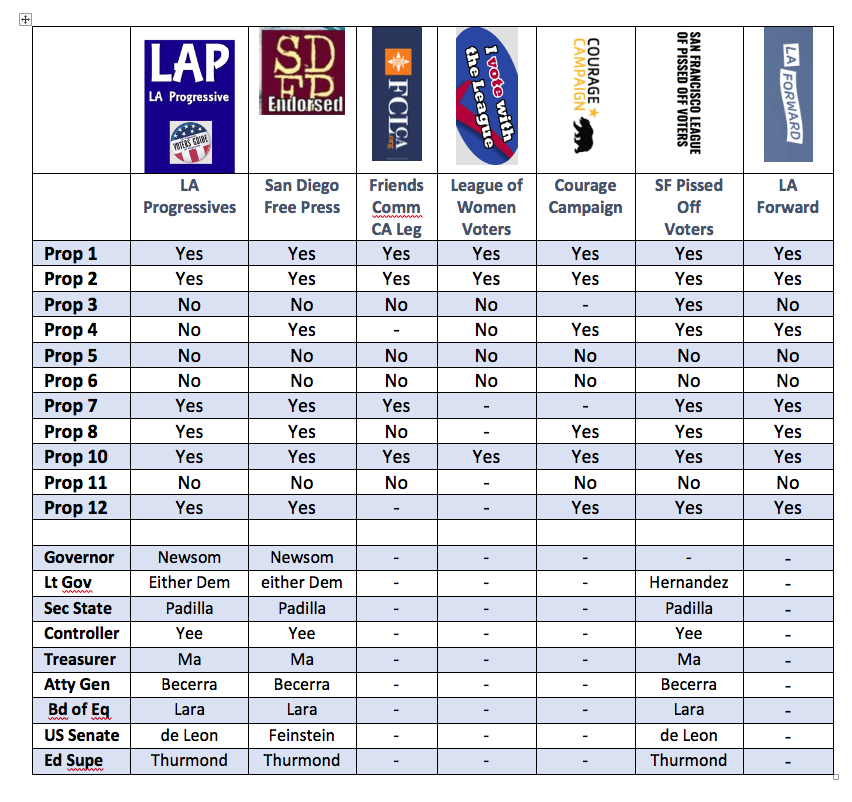
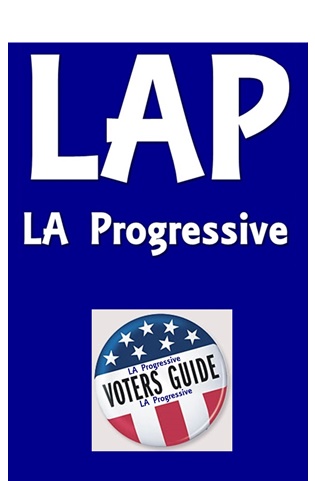

 Friends Committee on Legislation California
Friends Committee on Legislation California

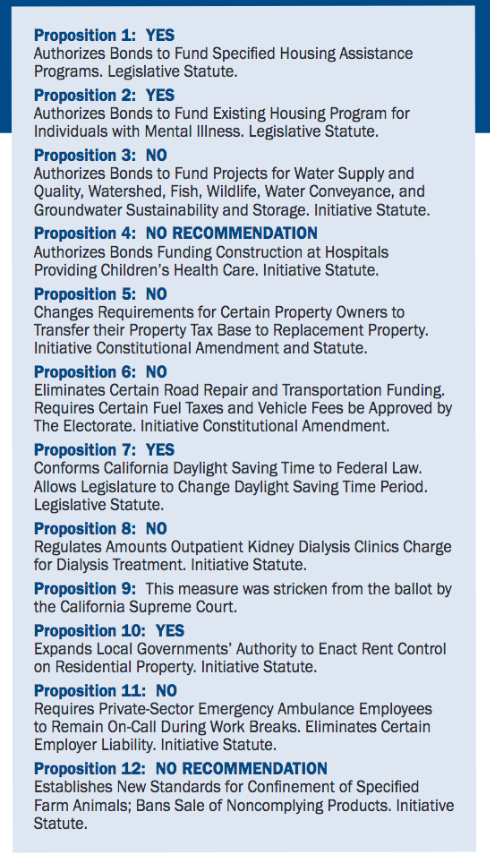
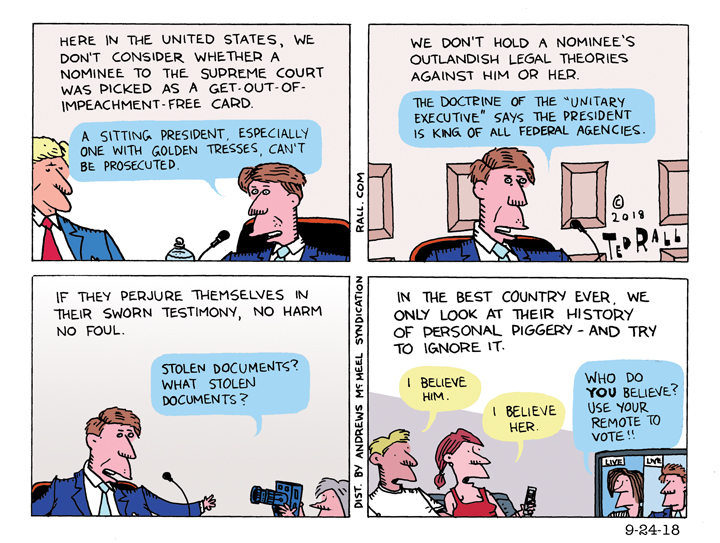 First of all, his record is more of one of a political hack—someone who has spent much of his career involved in party politics on behalf of the Republican party, meaning he is not likely to be unbiased in political type cases—e.g. gerrymandering and voter registration—that are likely to come before the court.
First of all, his record is more of one of a political hack—someone who has spent much of his career involved in party politics on behalf of the Republican party, meaning he is not likely to be unbiased in political type cases—e.g. gerrymandering and voter registration—that are likely to come before the court.
